Discover SR&ED Opportunities in Mattress Manufacturing
In the dynamic field of mattress manufacturing, several technological uncertainties may open doors for significant Scientific Research and Experimental Development (SR&ED) tax credits and funding opportunities. Here’s a closer look at some potential areas where innovation meets uncertainty:
-
New Material Development
Technological Uncertainty: Developing a sustainable, biodegradable material for mattresses that matches or surpasses the performance of current materials presents several challenges. Questions arise about the material’s long-term behavior, interaction with other components, and impact on sleep quality and health.
SR&ED Activity: Experimenting with new materials, assessing their durability, and evaluating their effect on comfort and support could qualify for SR&ED credits. Documenting the research process and any trials conducted to address these uncertainties is crucial.
-
Manufacturing Process Optimization
Technological Uncertainty: Innovating a more efficient or eco-friendly manufacturing process for mattresses involves uncertainties. These include scaling, consistency, and quality. The challenge lies in developing a process that maintains high standards while enhancing sustainability and longevity.
SR&ED Activity: Researching and refining new manufacturing techniques to improve efficiency and product lifespan can be eligible for SR&ED funding. Systematic experimentation and process optimization efforts should be thoroughly documented.
-
Integration of Technology
Technological Uncertainty: Adding smart technologies to mattresses, such as sleep-monitoring sensors or adjustable firmness controls, introduces challenges related to durability, safety, and energy efficiency.
SR&ED Activity: Developing and integrating these technologies, while overcoming hurdles in connectivity and performance, can qualify for SR&ED credits. Detailed documentation of the R&D process and technical challenges is essential.
-
Recycling and Upcycling
Technological Uncertainty: Creating effective recycling methods for old mattresses that are both environmentally and economically viable involves uncertainties in material separation and the development of new upcycled products.
SR&ED Activity: Researching and testing recycling methods or new applications for recycled materials can be eligible for SR&ED. It’s important to document the technological challenges and innovative approaches taken.
To maximize your SR&ED claims in mattress manufacturing, detailed documentation of the technological uncertainties faced, the systematic investigation conducted, and the advancements achieved is crucial. Given the complexity of SR&ED rules, consulting with an experienced SR&ED expert can ensure you capture all eligible activities and enhance your claim’s success.
Contact Ayming Canada today for SR&ED Tax Credit expertise
Discover how your mattress manufacturing innovations could qualify for SR&ED tax credits and funding. Our experts are here to help you navigate the complexities and maximize your R&D benefits. Contact us now.
Contact us today!
One of our experts will be in touch shortly.

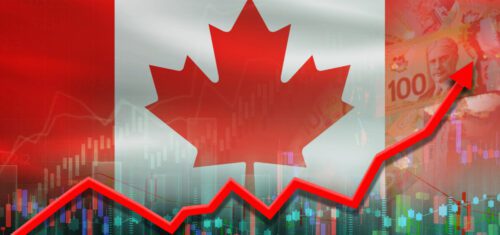


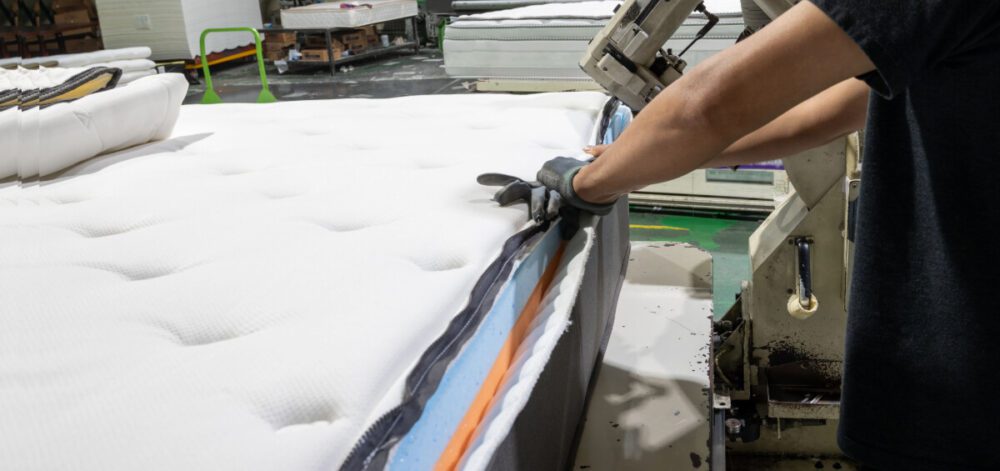
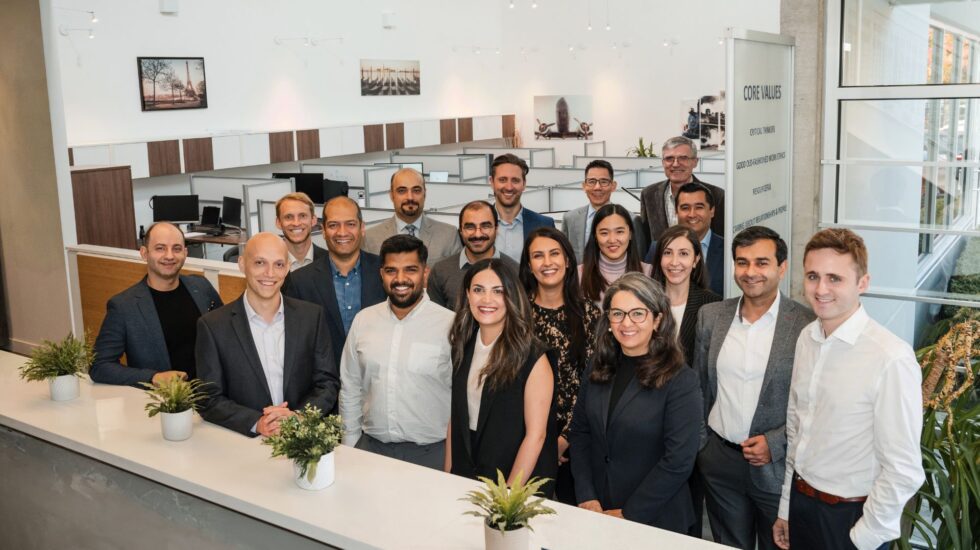

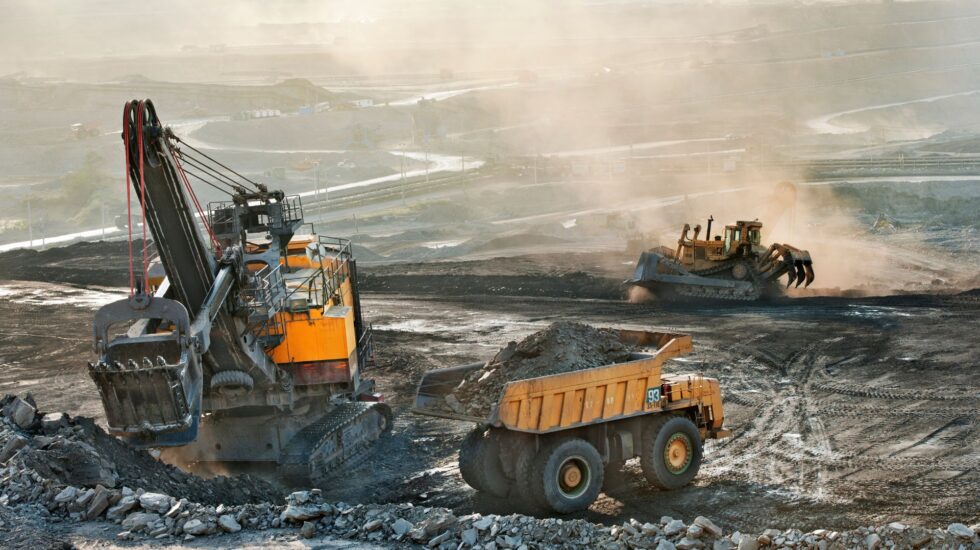
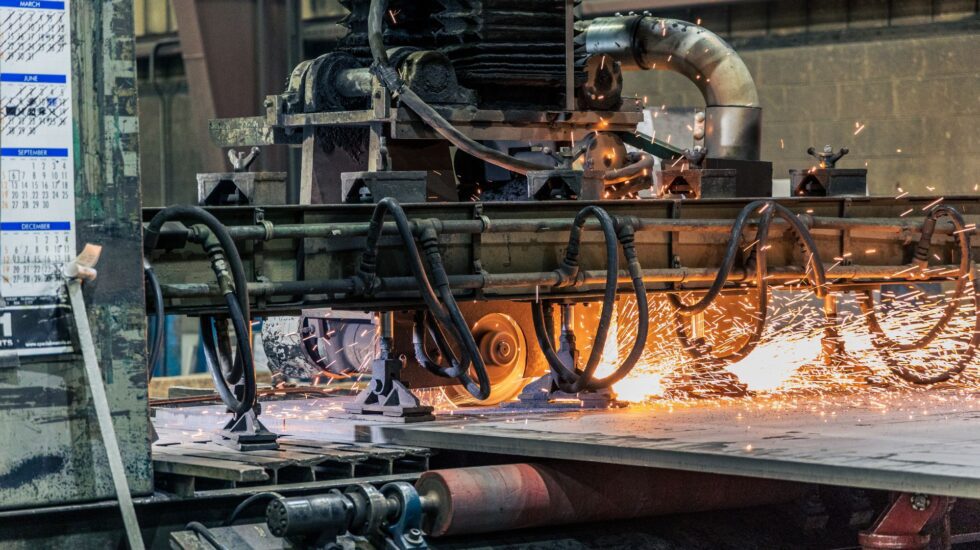



No Comments